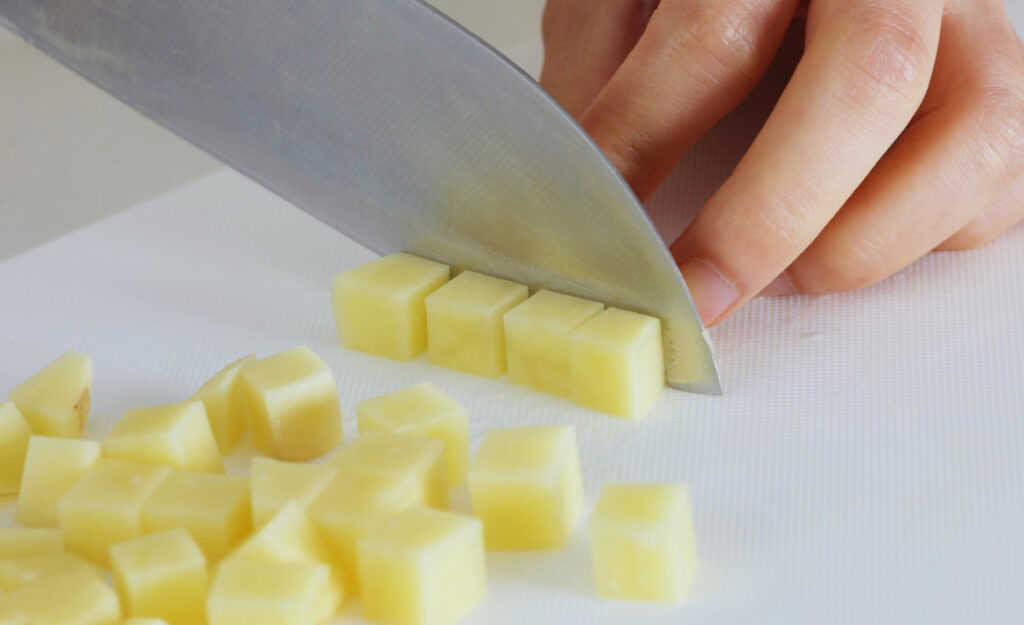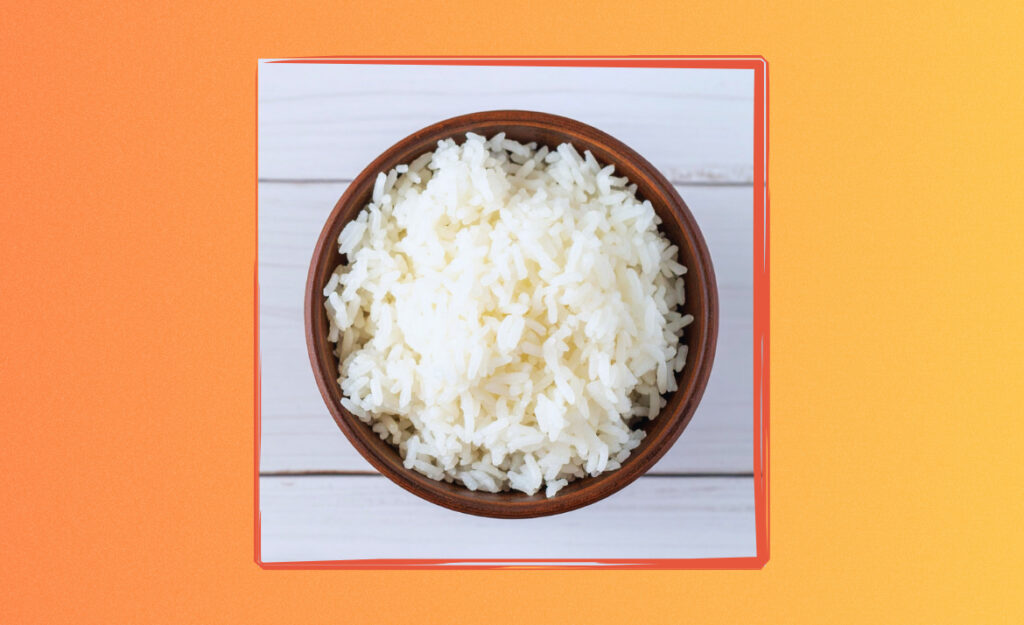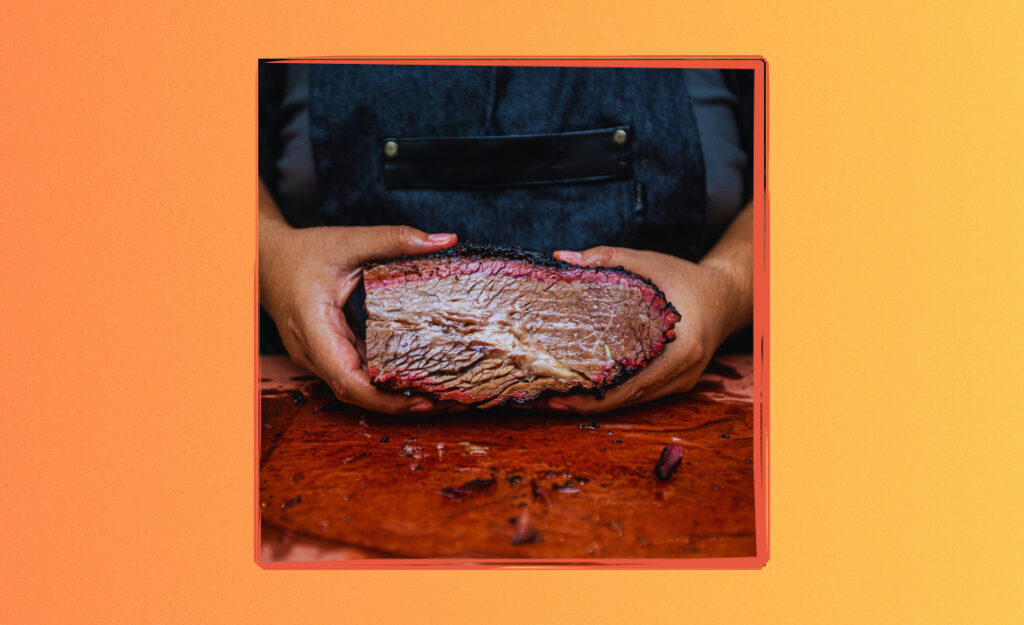
You see a sharp chef’s knife and a cutting board, and maybe a bit of apprehension, too. Getting comfortable with knife skills basics changes more than the food—it boosts comfort and safety in the kitchen.
Cooking at home means navigating slick vegetables, varied cuts, and the need for efficiency. With safer knife techniques, you’ll spend less time worrying and more time creating meals you actually want to eat.
This article lays out practical, friendly guidance anyone can use. Let these clear, concrete strategies make cutting, slicing, and chopping less stressful and more enjoyable. Let’s get those hands working smartly and securely.

Cook Meat Evenly: Tactics for Tender Perfection
Follow proven steps, checklists, and expert methods. Elevate your home cooking from good to mouthwatering in every meal.Setting Up for Safe, Successful Slicing Starts with Your Space
Organizing your work zone is the first actionable step for safer knife use. A clear, stable cutting area reduces stress and supports better technique immediately.
Before you slice a carrot or dice an onion, set up your tools and surface so everything you need is within easy reach. This habit can prevent hazardous scrambling and rushed motions.
Clearing and Stabilizing Work Areas Reduces Mishaps Instantly
Wipe your countertop, move bowls aside, and never let mail or keys sit near where you’ll be chopping. Any stray item can send a knife wobbling off course when you’re not expecting it.
Anchor your cutting board with a moist paper towel beneath it. If you push or prod the board and it slides, rearrange until it is steady under gentle pressure from your palm.
Rest your knife flat when not handling it. Pointing a blade upward or propping it precariously will invite accidental bumps. Make it a habit to place the knife well away from the board edge.
Choosing the Right Surface Makes Consistent, Safe Cuts Simpler
Opt for a wooden or plastic cutting board. Both offer a slip-resistant surface and won’t dull your knives like ceramic or glass. Dull knives slide and catch, increasing the risk of injury.
Avoid small, warped, or grooved boards – uneven surfaces hinder control and trap food bits. Pick a board larger than your project; extra space allows clean motions, especially when prepping bigger vegetables or proteins.
Keep a drying towel at the edge for sticky fingers. Wiping hands as you work keeps your grip steady and helps avoid the slip-ups that trigger nicks and cuts.
| Item | Best Use | Safety Impact | Action to Take |
|---|---|---|---|
| Large Plastic Board | Raw meat, juicy foods | Reduces cross-contamination | Sanitize after each use |
| Wooden Board | Produce, bread | Gentle on edges | Oil monthly for longevity |
| Moist Towel Base | Under board | Prevents sliding | Use every time you chop |
| Chef’s Knife (8-inch) | Multi-use slicing | Great control | Keep sharpened frequently |
| Hand Towel | Dry hand/surface | Lessens slip risk | Place nearby at all times |
Holding Your Knife and Food the Safe Way Every Time
Getting your grip right and positioning your non-dominant hand keeps fingers and knuckles safe. That one change can make knife skills basics so much safer.
The ‘pinch grip’ involves pressing your thumb and forefinger where blade and handle meet, giving you balanced control. Resting your remaining fingers around the handle steadies the knife for efficient, confident cuts.
Building Proper Knife Grip Muscle Memory
Try this: pinch the knife above the bolster (where blade and handle join) with thumb and forefinger. Wrap the rest of your fingers gently around the handle. Notice how this method improves stability as you rock or slice.
- Grip the handle firmly, not tightly, to maintain circulation and prevent fatigue—tense hands tire quickly and slip more.
- Keep the blade perpendicular to the board when mincing herbs; this makes finer, safer cuts.
- Rest the tip on the board as your pivot point for repetitive chopping—for example, with parsley or onions.
- Work at a steady pace—inconsistent speed causes sudden movement, risking nicks or accidents.
- Always guide the knife, never force it. A sharp blade paired with proper grip lowers strain and decreases slips.
Develop this grip until it feels automatic. Each time you pick up the knife, check in: “Are my fingers positioned for max control?”
The Guiding Hand Keeps Fingers Out of Harm’s Way
Bend your non-dominant fingertips under, knuckles facing the blade. This ‘claw grip’ forms a vertical wall with your knuckles—a surface for the knife’s flat side to hug as you slice.
- Keep your thumb tucked behind your fingers; an exposed thumb is vulnerable to fast-moving blades.
- Move food slowly with your claw hand, leading with the knuckle as you push the item forward after each cut.
- Keep fingertips pointed downward, never reaching upwards where the blade path narrows.
- Check your stance: feet shoulder-width apart, elbows close to sides, so your strike stays smooth and predictable.
- Repeat the safety script: “Blade glides against my knuckles, nowhere near my fingertips.”
This technique works for apples, onions, or even celery. The knuckle-rule keeps things safe—especially when learning new knife skills basics.
Sharpening Blades for a Safer, Smoother Cooking Routine
Sharp knives mean controlled force, cleaner slices, and less risk of slips. When your blade glides easily, food stays where you want it, and your hands stay safer.
Even a basic home setup with a sharpening stone or honing rod supports safer, more enjoyable chopping—no specialist tools needed.
Using a Honing Rod to Keep Edges Aligned
A honing rod doesn’t sharpen but straightens the blade’s microscopic teeth, prolonging the sharp edge. Use it every few uses for a quick safety boost.
Hold the rod vertically, tip down, and draw the blade at a 20-degree angle, alternating sides. Three or four gentle strokes per side are enough if you’re prepping daily meals.
If the blade slips off the rod or feels rough, check your angle and pressure. No need to press hard—a gentle guide keeps things accurate each time you hone.
Restoring the Edge — When and How to Sharpen
When tomatoes squash instead of slice or onions offer resistance, your knife needs sharpening. A whetstone or guided-angle sharpener at home keeps your blade safe and consistent.
Soak your stone as directed. Hold the blade at 20 degrees, gently slide edge to tip. Repeat for both sides, alternating direction every five to ten passes.
Test your work on a sheet of printer paper—if the blade glides cleanly through, you’re done. Build sharpening into your kitchen routine for lasting safety and performance.
Practicing Slicing Techniques for Everyday Ingredients
Applying realistic cutting motions to typical home foods changes how you prep dinner—following knife skills basics helps you move briskly and carefully through any meal project.
Consistent motion improves results; chopping an onion, mincing herbs, or slicing tomatoes all reward steady, repeatable movements tailored for each food type.
Scenario: Chopping Onions Confidently
Setup an onion with the claw grip, cut vertically through half, then slice horizontally, matching onion lines. Applying small motions instead of wild hacking maintains control and avoids close calls.
Pause, realign your claw grip after each few slices. “I keep my fingertips tucked back, and the knife glides along my knuckle ridge.” This simple script keeps safety automatic as you move to new foods.
Incorporating these steps helps make kitchen tasks like soup prep something you can teach a family member, whether they’re 12 or 60, reinforcing safe habits across generations.
Scenario: Handling Tomatoes Without Crushing Them
Western chef’s knives handle tomatoes when sharp, but sometimes a serrated knife works best. Align the tomato stem side down, stabilize with gentle pressure, and slice with a drawing, sawing motion.
Test for sharpness: “If the blade doesn’t catch on a tomato’s skin, I need to resharpen.” Let gravity and your wrist do the work. You’ll get clean edges and avoid slips.
Consistent slice thickness allows each piece to cook evenly. Sharpening before starting a tomato-rich meal saves frustration and improves presentation, tying knife skills basics back into every step.
Strategies for Managing Difficult or Awkwardly Shaped Foods
Larger produce—think melons, squash, or cabbage—demands confidence and steady positioning. Tailoring your technique ensures safety and turns intimidating projects into manageable steps.
Instead of wrestling a rolling squash, prepare it in deliberate stages. Cut a stable base, then work from large halves to tidy slices, addressing awkwardness piece by piece.
Dividing a Butternut Squash—Step by Step
Trim both ends so it stands flat—removes the rolling hazard. Grip the squash with your claw grip, pressing your palm for sturdy pressure, then halve it vertically.
Next, scoop seeds, then slice further as stability increases. Always move from large, stabilized pieces to smaller ones. “I start big and steady, finishing with precise, smaller slices.” Use a chef’s or a sturdy utility knife, avoiding paring knives for tough jobs.
For longer work sessions, pause to dry hands. Squash can get slick, so keeping grip solid is key for safety and for moving through tedious prep without slips or accidents.
Halving a Watermelon Safely in Summer
Rest the melon lengthwise for the lowest rolling profile. Score a shallow cut along the line you’ll split, then follow through with a slow, rocking motion. This preparation makes each cut measured and predictable.
When slices are uneven, realign both food and grip before proceeding. “I keep the blade’s tip in contact and shift my hand far from the cut line before pushing down.” This pacing turns a slippery chore into a controlled, confident step.
Bring stability to the last wedge or slice by turning the piece cut-side-down, so the final cuts never balance on a rounded surface. Each section keeps fingers away from danger until the job is done.
Knife Care Habits That Extend Safety and Longevity
Regular maintenance keeps your favorite knife ready for reliable performance while protecting anyone who cooks in your kitchen. Good knife care shows wisdom in every step of food prep.
Never leave knives soaking or loose in a sink. Lift or wash immediately after use, and always dry with a towel—water between blade and handle can loosen the fit over time.
Storing Knives for Immediate, Safe Access
Use a magnetic strip to display knives at eye level, points down, or employ a slotted block in a dedicated counter area. This prevents dulling edges and accidental nicks when reaching for another tool.
Sheath specialty knives before stashing in drawers, and teach household members the ‘blade away, handle forward’ rule. Say aloud: “I place knives so the cutting edge never faces me on retrieval.”
Build a quick wipe-down into your finishing routine, especially with acidic items like tomatoes or lemons—this preserves the metal and avoids stains or premature corrosion as part of everyday knife skills basics.
Recognizing When to Replace or Repair Tools
A cracked handle, bent blade, or severe dullness are all signs a knife is past its safe limit. Repair only with professional help—DIY fixes undermine safety and reliability with every use.
Detail regular checkups: wiggle the blade gently in its handle. If there’s even slight movement or a clang, mark as ‘do not use’ and replace or repair. Permanent fixes show respect for everyone using your kitchen.
Space for retired knives: set up a safe discard box until it’s time to haul them to hardware store collection points. Responsible disposal supports both kitchen safety and community standards, closing the loop on conscientious knife skills basics.
Putting Safe Knife Skills into Everyday Practice
With foundational steps—secure boards, steady grip, sharp blades—daily meal prep flows with a new rhythm. Every skill is a building block for safety and speed at dinner or lunch.
Scripts and checklists help make skills automatic. Say, “Claw grip here, thumb tucked, steady stance, blades sharp.” Each repetition brings lasting results—a smoother prep and safer work zone for you and others.
Keep learning: try slicing fruit for snacks, prepping veggies in advance, or inviting a friend to practice together. Hands-on repetition cements your abilities, spreading safer habits beyond your own countertop.
Frequently Asked Questions
What makes knife skills basics essential for home cooks?
Knife skills basics offer structure, support accuracy, and reduce injury chances. With clear methods, cooks maintain confidence and can focus on enjoying flavors—not fearing accidents. Every safe step leads to improved results at home.
How often do kitchen knives need sharpening for home use?
Frequency depends on use, but for most home cooks, sharpening every 3–4 months works well. Home maintenance like regular honing between sharpenings keeps the edge safer and easier to handle during all food prep projects.
What’s the best knife for beginners to start learning safe techniques?
An 8-inch chef’s knife is well-suited for basic tasks and learning control. Its size works for vegetables, proteins, and larger produce—practice using both the ‘pinch grip’ and ‘claw grip’ to keep each session focused on safety and gradual improvement.
Can I teach children or teenagers the basics of safe knife handling?
Absolutely, as long as you demonstrate models first. Use safe, stable grips, keep hands dry, and select softer foods and smaller knives for early practice. Supervision and repetition encourage young cooks to form safe habits from the start.
Is it necessary to use a different knife for meat and vegetables?
Using separate knives (or at least a thorough wash between uses) is best for food safety. Designate a plastic board and a particular knife for raw meats; it aids both hygiene and mindfulness—key pillars of comprehensive knife skills basics at home.



